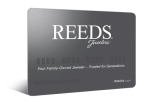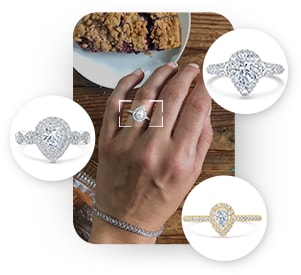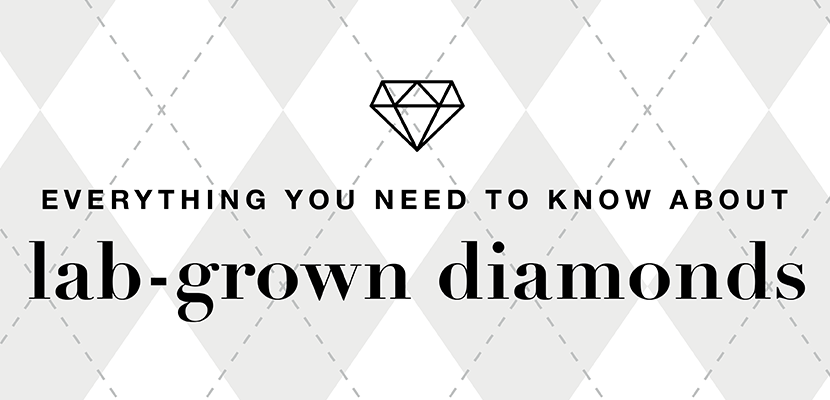This is a demo store. No orders will be fulfilled.
Lab Grown Diamonds
Who doesn’t love diamonds? They’re full of beauty and sparkle, and a special rarity that adds to their allure. It takes the exact right environment, and then millions (if not billions) of years for a diamond to form, which makes them a unique and special part of your jewelry collection.
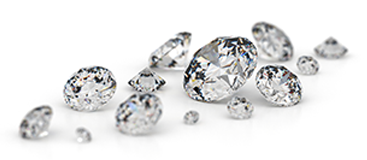
But while some say that rarity is what makes diamond rings and other diamond-based jewelry so special, there’s an alternative that’s been growing in popularity in recent years: lab-grown diamonds.
In this guide, we’ll explore the world of lab-made diamonds, including how they are made, the difference between lab-grown diamonds and diamond simulants, and how to decide if buying a lab-created diamond is the right choice for you.
What are Lab Grown Diamonds?
Lab-grown diamonds are diamonds that are made in a controlled lab environment. They have the same chemical, physical, and optical properties as natural diamonds, with the only difference being their point of origin. Similar to their natural counterparts, lab-grown diamonds are evaluated with the 4 C’s: color, clarity, cut, and carat weight. You can also find lab-grown diamonds in the same shapes - including princess, round brilliant, and emerald - as natural diamonds.
The 4 C's of Diamonds
COLOR

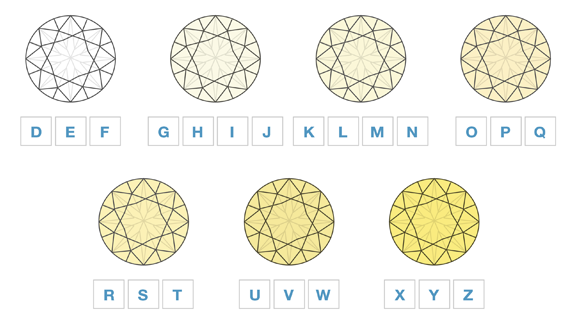
CLARITY

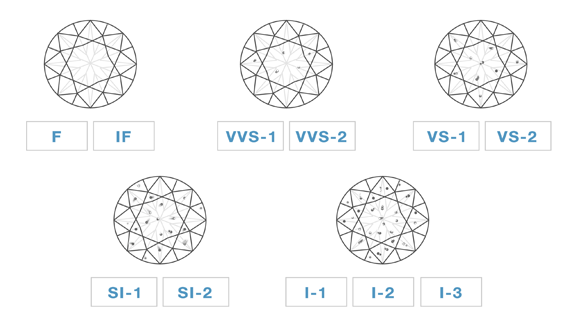
CUT

CARAT

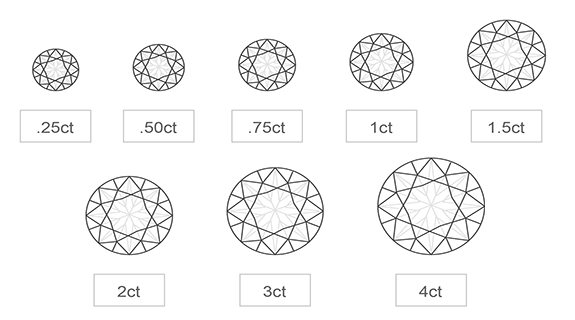
Diamond Shapes


How are Lab Grown Diamonds Made?
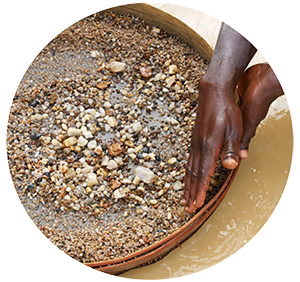
Before we discuss how these diamonds are made, let’s step back and clarify how natural diamonds are made to accurately compare the two.
There are three main components that go into creating a diamond: heat, pressure, and time. Diamonds begin growing underground, about 100 miles into the Earth’s mantle. Carbon molecules located there are under such intense heat and pressure that they bind together and create an extremely strong 3D pattern. But it has to be the exactly right environment for this to happen: natural diamonds require environments between 2102 degrees and 2192 degrees Fahrenheit and between 50 to 70 kilobars of pressure.
As for the time factor, the diamonds that we mine today have been growing for many, many years – in fact, the oldest diamond currently known to exist is a little over 3 billion years old! Through deep-source volcanic eruptions, these diamonds are brought closer to the surface where they can be found and mined.

On the other hand, there are two main ways to create lab-grown diamonds. The first is through High Pressure/High Temperature (HP/HT), which mimics how diamonds are made in nature. This process begins with a diamond “seed,” which can be either a natural diamond or a lab-grown diamond. Hydraulic pressure and a proprietary recipe of iron, nickel, and cobalt flux create an environment that encourages the starter seed to grow.
The second way to create a lab-grown diamond is called Chemical Vapor Deposition, or CVD. Using the CVD process, a diamond starter seed is placed in a sealed chamber, which is heated to extreme temperatures. The chamber is then filled with a carbon-rich hydrogen and methane gas. This ionization breaks down the carbon gas, allowing the pure carbon molecules to adhere to the diamond seed. The carbon then slowly builds into a crystal layer by layer. CVD diamonds typically grow within 14 days.
How to Tell if a Diamond is Natural or Lab Grown
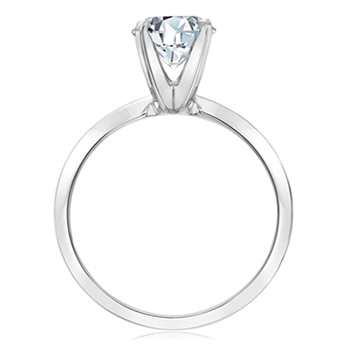
It’s nearly impossible for a consumer to tell the difference between natural and lab-created diamonds. In fact, even some jewelers can’t tell the difference without advanced testing.
The first is a Type IIa test, which identifies how pure the carbon is that makes up the diamond. There are four types of diamonds (Type Ia, Type Ib, Type IIa, or Type IIb), and Type IIa is the purest. Only 2% of natural diamonds are Type IIa, while almost all lab-grown diamonds are Type IIa. Therefore, if a diamond tests as Type IIa, there’s a pretty good chance that it’s a lab-grown diamond. This test isn’t entirely conclusive, because some natural diamonds are Type IIa and some lab-grown diamonds aren’t, but it gives jewelers and consumers a pretty good idea.
The second test is a radiation test done by gem labs with specialized equipment. In this test, suspected lab-grown diamonds are subjected to tests that measure and record specific patterns of light absorbance across the visible and ultraviolet regions of the spectrum of light. Both HP/HT and CVD diamonds show specific patterns. Fluorescent colors and patterns can also indicate the difference between natural and lab-grown diamonds.
Because lab-grown diamonds are virtually indistinguishable from natural diamonds, some buyers might be concerned that they will be sold a lab-grown diamond that is labeled as a natural diamond, but this is almost never the case. Lab-created diamonds are responsibly disclosed as such and some even feature laser inscriptions on the diamond’s girdle, the outermost edge, that label them as lab-grown. Most diamonds from reputable jewelers are evaluated by the Gemological Institute of America and other independent gemological laboratories, and include a report to confirm whether they are natural or lab-grown.
The Difference Between Lab Grown Diamonds and Diamond Simulants
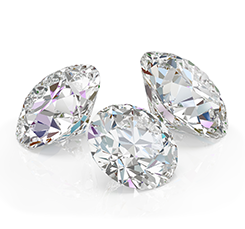
Because diamond-growing technology is relatively new, there are still some uncertainties floating around about lab-grown diamonds.
Although they are created in a lab, these diamonds have all the same qualities as their natural counterparts and are just as real. This makes them very different from diamond simulants, like cubic zirconia or moissanite, which are stones designed to mimic the look of real diamonds but don’t possess the same physical, optical, and chemical qualities.
You may also come across treated diamonds, which are different from lab-grown diamonds and diamond simulants. This refers to natural or lab-grown diamonds that have been altered to improve their clarity and/or color. Technology like laser drilling and fracture filling can be used to reduce the visibility of inclusions and other clarity characteristics.
Choosing Between Lab Grown and Natural Diamonds
There are a few factors to consider when deciding to buy a natural diamond or a lab-grown diamond. Both are beautiful choices, and it will come down to personal preference.
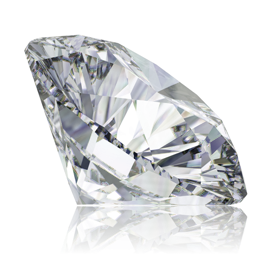
Some of the benefits of buying lab-made diamond jewelry include:
COST
Lab-produced diamonds are often more affordable than comparable natural diamonds. The cost difference will range depending on the size of the diamond and its characteristics, and can be a big factor if you’re watching your budget.
CHARACTERISTICS
As mentioned before, lab-grown diamonds have the same chemical, physical, and optical characteristics as natural diamonds, and are often available at a lower price point. Some jewelers can’t even tell them apart at first glance!
Is a Lab Grown Diamond Right for You?
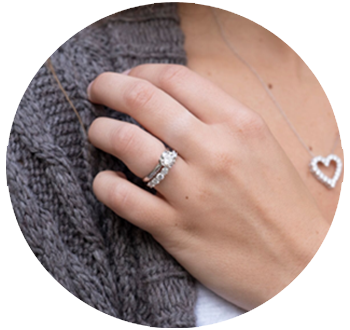
Buying the perfect diamond for an engagement ring or piece of jewelry for someone you love is a personal process. Some buyers might not mind that their diamond is lab-grown, while others put great value on the natural diamond mining process. Either way, you want to find a diamond you love through a jeweler you can trust.
Diamond-making technology has made significant advances in the last few decades and today, buyers can find lab-grown diamonds that rival their natural counterparts at a lower price point. When deciding whether you should buy a natural diamond or a lab-created diamond, consider your own needs and preferences and consult a reputable jeweler like REEDS for advice.
Ready to explore your options? Browse our full collection of lab-grown diamond rings, lab-grown diamond earrings, and more.
Enjoyed Learning About Lab Grown Diamonds?
EXPLORE OUR OTHER RESOURCES HERE:
Get familiar with the top 19 terms to know before shopping for rings, including the various cut options and types of bands.
Learn the basics of finding your ring size and download our easy Ring and Band Sizer.
Find out how to narrow down your options for the perfect engagement ring, including choosing the setting and style, determining your budget, and more.

